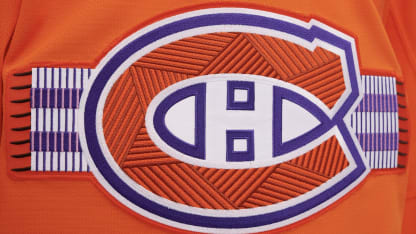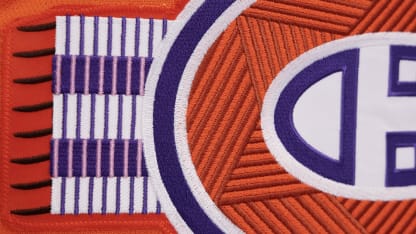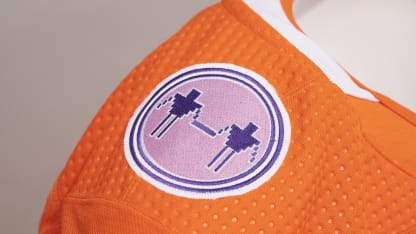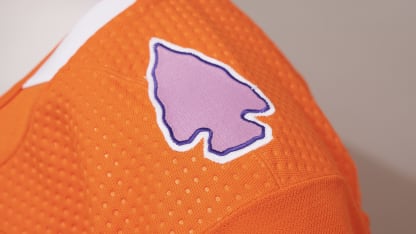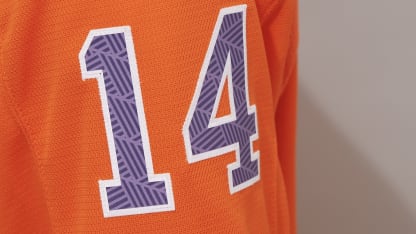A lifelong resident of Kahnawake, Deer also works as a graphic artist, cultural liaison and librarian at the Kanien'kehá:ka Onkwawén:na Raotitióhkwa Language and Cultural Center.
Deer never expected the Habs to enlist his creative services, but he's honored they did.
The project quickly re-ignited his connection to the sport and the storied franchise.
"It was kind of a shock to get the call, but as I got into the work, it reminded me how much I missed following hockey," said Deer, whose illustration credits include Transformers, G.I. Joe, Godzilla, M.A.S.K., Micronauts, Ghostbusters, Star Trek, and Star Wars. "I wish I could tell my six-year-old self that I would be asked to do design work for the Montreal Canadiens. I was such a big Canadiens fan in the early 1980s."
